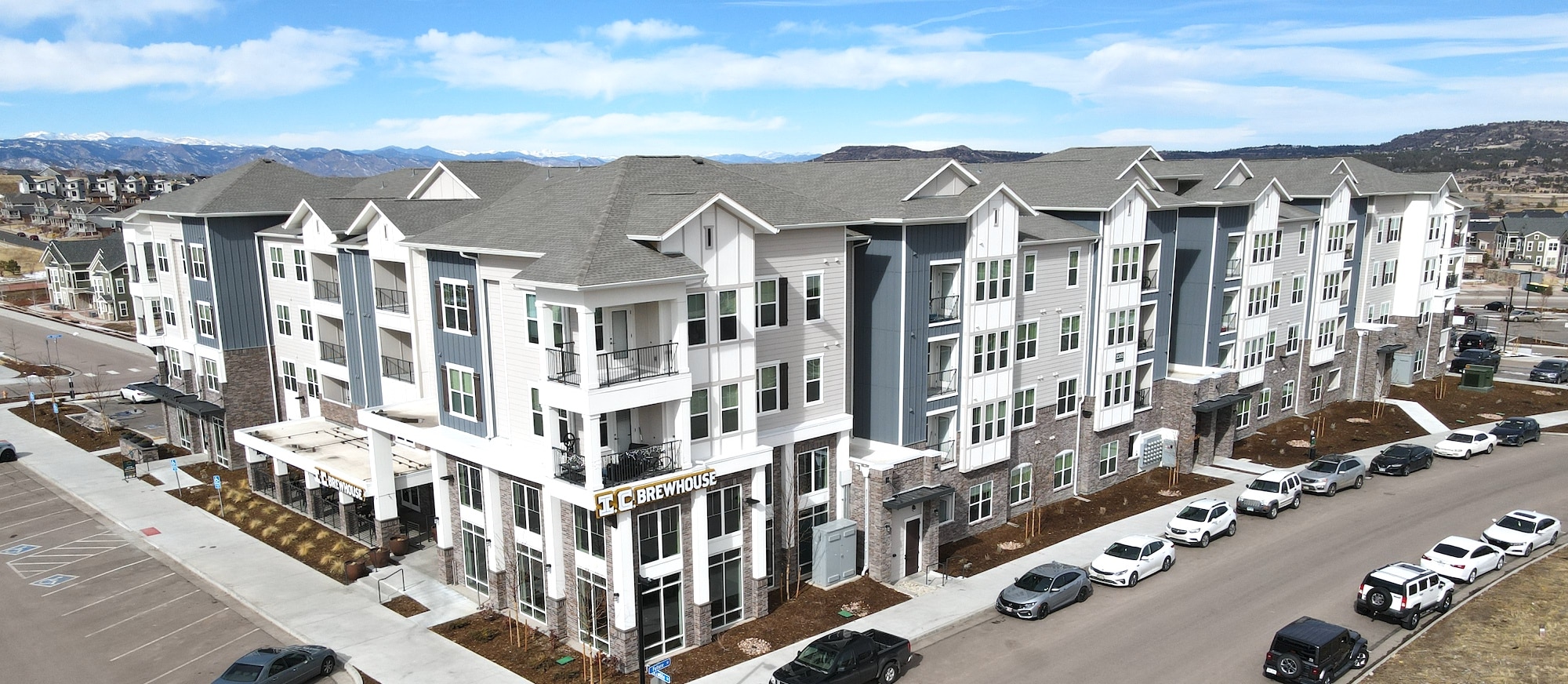4 Questions to Ask
Most roofs last a long time, but every roof needs to be replaced at some point. An old roof has a higher risk of a leak, and water damage can be invasive and extensive. Even a little moisture can promote mold growth and can rot materials. If you think your roof might need to be replaced, check out these four questions you should ask yourself about what to consider when getting a new roof before you pay. Remember, it’s essential to know what to consider when getting a new roof to make an informed decision.
Here’s what to consider when you’re considering what to consider when getting a new roof.
Understanding what to consider when getting a new roof is crucial for homeowners.
What’s the Difference Between Commercial and Residential Roofs?
Commercial roofs tend to be large and flat. Some may have a low slope to help with water runoff. In fact, water is a major problem with commercial roofs because they are so flat and big. It’s easy for water to be stuck on the roof. For this reason, commercial roofs need a lot of drainage, making them an expensive investment. The roofing material is nearly always a special form of polymer rubber.
Residential roofs, however, tend to have a low or steep slope, which allows water to easily slide off. Plus, the roofs are usually smaller, so there is less risk of pooling in the middle of the roof. Most residential roofs have shingles instead of polymer rubber.

When exploring what to consider when getting a new roof, remember that there are many roofing materials available.
As you weigh your options, think about what to consider when getting a new roof in terms of maintenance and durability.
What Roofing Material Is the Best?
Ultimately, considering what to consider when getting a new roof will help you choose the best material for your needs.
In fact, there are many residential roofing materials from which to choose. Asphalt shingles are one of the most popular options because they look good and are affordable. Metal roofs are also a popular choice. Both materials are lightweight, but metal is a little more durable since it isn’t prone to moss growth, decay, or rot.
Slate tile is a more expensive option, but it’s heavy too. If your roof has a low slope, it may not be strong enough to support the weight of slate tiles. To save money and reduce weight, you could choose rubber shingles.
It’s important to evaluate what to consider when getting a new roof in relation to insurance coverage.
Ultimately, there is no best roofing material, but there is the best choice for you. If your biggest concern is that you want a roof with little maintenance but a long lifespan, slate roofing may be best. If you want to save money but are willing to do a little more maintenance, asphalt may be good. In fact, when it’s time to replace the asphalt roof, you may be able to get away with an overlay instead of a total replacement.

When replacing your roof, also think about what to consider when getting a new roof regarding your gutters.
Will Insurance Cover the Cost?
In conclusion, understanding what to consider when getting a new roof will ensure you make the right choices for your home.
If your roof needs to be replaced because it is old and worn, your insurance probably won’t cover the cost because the homeowner is responsible for maintaining the roof and replacing it as needed due to wear and tear. However, not all roof damage is caused by wear and tear. A windstorm may send a tree through your roof.
When the damage is sudden and unavoidable, like damage from a fallen branch, your insurance is more likely to cover the cost. No amount of maintenance or care could have prevented the branch from puncturing the roof. On the other hand, if the branch just knocked off some shingles, insurance may claim the damage is cosmetic, which isn’t covered.
Should You Replace the Gutters Too?
When replacing your roof, it’s a good time to consider the gutters too. In fact, bad gutters may have caused the old roof to age faster. Luckily, there are many signs that you need new gutters. First, if you spot rust, holes, or cracks, the gutters may be getting too old. These cracks and holes are common at the seams of the gutters. Seamless gutters can reduce the risk of holes.
Other signs your gutters need to be replaced include broken fasteners, separated or sagging gutters, gutters separating from the house, damage to the house’s siding, pooling water around the house, and eroding dirt around the foundation. Getting new gutters with your new roof will better protect many parts of your home.

A new roof is a great investment, and new gutters can also boost the home’s curb appeal. Choosing the right roof may seem overwhelming, but when you consider the pros and cons of each, it’s easy to see which one you’ll prefer. If you would like to know more, contact us at Tectum Roofing.



